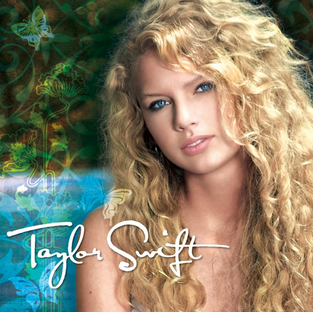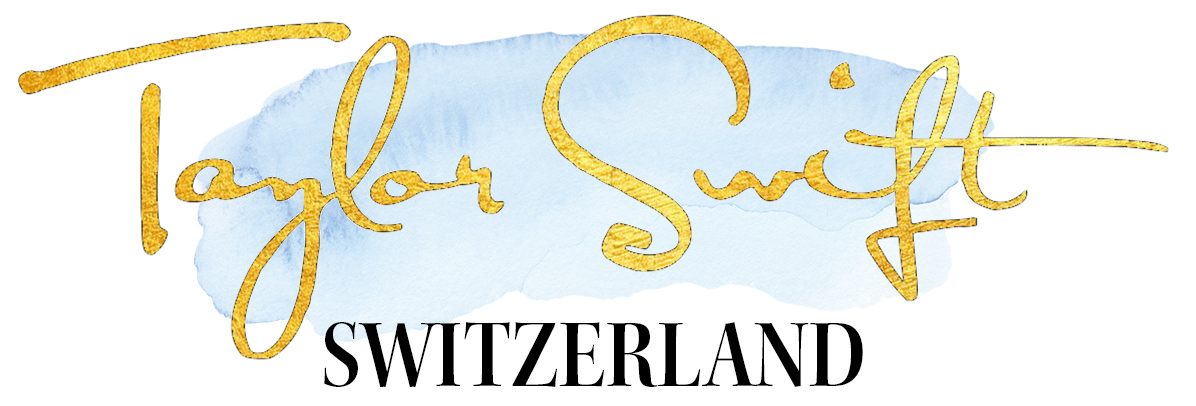
Critic Review
Why "Taylor Swift" Is Taylor's Best Album: Critic's Take | Billboard, 2017

Billboard asked five writers to argue for one of Taylor's first five studio albums as her best. First, Jonathan Bradley makes the case for "Taylor Swift", her 2006 self-titled debut.
To best understand that Taylor Swift, look to the album that has her name on it. Her 2006 self-titled debut, released a few weeks before her seventeenth birthday, is Swift’s foundational document; the ur-text that contains inscribed in its eleven tracks everything encompassed by the pop colossus she would ultimately evolve into. In 2017, Swift is a knot of contradiction: a country singer who does not make country music, a girl-next-door with an A-list of exes, a lovestruck naïf who slices her enemies with samurai precision. In "Taylor Swift", these strands resolve and are made comprehensible.
“I don’t know what I want, so don’t ask me,” is how she begins “A Place in This World,” a light-footed and mid-tempo ballad that flutters with picked banjo and adolescent uncertainty. It is one of a number of songs that evince, even within the album’s Nashville professionalism, an unhewn quality that collapses the distinction between the kind of song an authentic teen would try to write and the teenage voice an expert author would attempt to replicate. It has that same searching naivety, expressed with unexpected proficiency, that made Swift’s friend (and arguable successor) Lorde so striking on first listen - though where Lorde shrugged with outsider indifference (“Don’t you think it’s boring how people talk?”), Swift had dreamy ambition. “I’m still trying to figure it out,” she sings.
The songs on "Taylor Swift" are the enactment of that figuring-out process. This is an interior album; its small town setting extends only from high school halls to front porches and rural back roads, but it takes place within the even smaller confines of Swift’s mind. One of her favored narrative techniques is to bind her tales in memory or dialogue or - in an even more deliberate nod to the inherent artificiality of storytelling - within the explicit language of film. In wielding authorship, Swift claims the power to grasp the excesses of feeling and emotion surging through day-to-day life and settle them within the coherent space of her own thoughts, so as to be re-examined and reinterpreted at quieter, contemplative remove.
The first single and album opener “Tim McGraw” exemplifies this diaristic distancing: the hints of summer romance are filtered through memory (“Looking back on all of that, it’s nice to believe...”), epistolary recursion (the final chorus is “a letter left on your doorstep”) and the emotionally freighted sound of the titular performer’s songs on the radio, Tim McGraw’s tunes tying the couple together through time and tumult. For a song of Georgia stars and Chevy trucks, it takes place on an intensely personal scale; the dramatic arc crests and resolves not with anything so momentous as a reunion but when Swift manages to make peace with her past.
She would maintain this interiority as she grew into an older and more savvy writer, the settings of her songs expanding to encompass Greenwich Village in New York and the Hollywood intersection at Sunset and Vine. But "Taylor Swift" is affecting for how its details remain so sharp at so small a scale.
At this point in her career, her outlook was explicitly country-oriented, and she embraced the bounds of her genre as she reinterpreted them. Her knack for expanding prosaic detail into resonant universality is a country trick - “Our Song” is a romance told in screen doors and phone calls after curfew. She also puts her stamp on country’s interest in how generational continuity fosters community; “Mary’s Song (Oh My My)” is a familiar tale of a couple that meets, courts, marries, and grows old, but for Swift, the story’s crux is in the present day. After taking her characters on a close study over multiple verses from grade school to adolescence, she allows the rest of their lives (until ages 87 and 89) to pass in a few lines: adulthood was an ellipsis she would not imagine and was yet to experience.
That’s because Swift’s perspective was as much teen-pop as it was country - she sang of crushes parents, and schoolyard social dynamics, and her contemporaries included Miley Cyrus and Avril Lavigne as much as they did Rascal Flatts and Little Big Town. Performing in a genre still suspicious of hip-hop and R&B, her early live sets featured covers of Eminem, Beyoncé, and Rihanna; Swift spoke the language of pop radio as comfortably as she did country.
Back before her fans habitually sifted through clues to determine whether her tunes better fitted her relationship with Jake Gyllenhaal or Harry Styles, Swift had songs about anonymous boys with names like Drew and Cory - the latter’s “eyes are like a jungle” and when “he smiles, it’s like the radio.” The lack of tabloid significance these high school kids held did not dilute their power; a bitter kiss-off called “Cold as You,” for instance, is a precursor to the wordy eviscerations she would later apply to the likes of John Mayer and Joe Jonas. The power is intensified through logorrhea: “You come away with a great little story/ About a mess of a dreamer with the nerve to adore you” is a dense and biting couplet that anticipates the brittle steel in later and more elaborate lyrics, like Red’s “All Too Well”: “You call me up again just to break me like a promise/so casually cruel in the name of being honest.”
But if "Taylor Swift" demonstrated already Swift’s faculty with sorrow, it also showed how fully developed her potential for fury was. Infernos like “Picture to Burn” and “Should’ve Said No” were released into a country music landscape that already had Miranda Lambert lighting “Kerosene” and Carrie Underwood taking a Louisville Slugger to a cheating lover’s car; Swift took the rage back to high school. “Picture to Burn,” in particular, is tremendous fun: the deadbeat getting ditched is a “redneck heartbreak” who drives a “stupid old pick-up truck you never let me drive.” Swift was self-aware enough even this early in her career to toy with her public image: “go and tell your friends that I’m obsessive and crazy,” she taunts, anticipating the winking intimations of her own instability in the 2014 Billboard Hot 100-topper “Blank Space.” She was fine playing the field: “There’s nothing stopping me from going out with all of your best friends.”
When the 14-year-old Swift took up a guitar and persuaded her family to relocate to Nashville, she did so to pursue a career as a songwriter specifically, and she has always conceived of herself as an author before a performer. “I write songs, and my voice is just a way to get my lyrics across,” she told The New Yorker in 2010. The "Taylor Swift" project has long been marked by the tension between her writerly insularity and a grand determination to deliver to as massive an audience as possible.
That union of studied craft and pop megalomania is what continues to define her, and it is a duality rooted deep within her debut album. "Taylor Swift" is Taylor Swift in miniature, already formed: an essential and paradigmatic manifestation of the singer. Everything that she would ever become existed here already.
Source: Billboard










